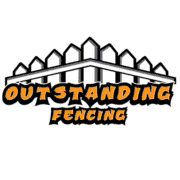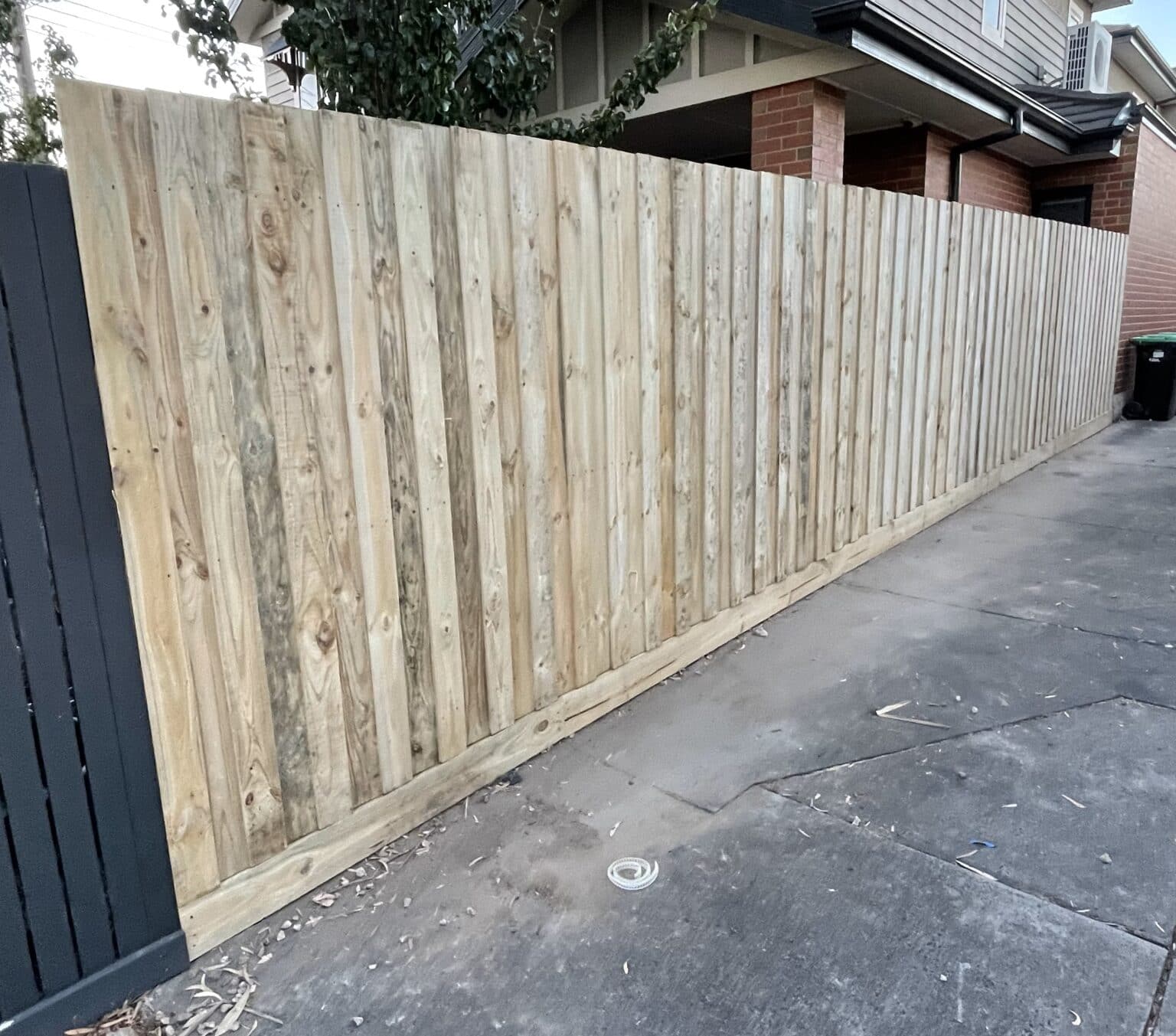Introduction
Timber fencing has actually constantly been a crowd favorite amongst property owners and home builders alike. But have you ever stopped to think of its environmental benefits? In an age where sustainability is at the forefront of everyone's mind, picking environment-friendly materials is more vital than ever. This short article will delve deep into The Ecological Benefits of Choosing Timber Fencing, taking a look at how this natural deposit can contribute positively to our planet, while likewise being an elegant choice for domestic and business properties.
When discussing fencing alternatives, it's vital to know that lumber fences use more than simply aesthetic appeal. They supply a variety of ecological benefits that make them an excellent option for anybody aiming to enhance their home sustainably. From improved biodiversity to carbon sequestration, lumber fencing may surprise you with its green credentials.
So, let's dive into the nuts and bolts of why picking timber fencing can be a favorable decision for both your property and the environment.
The Ecological Benefits of Picking Lumber Fencing
Timber fencing stands out not only for its appeal but likewise for its ability to support sustainable practices. When we think about the environmental benefits, we discover that wood fences contribute in several ways:
Sustainable Sourcing: A lot of timber used in fencing comes from managed forests where trees are replanted after gathering. This practice guarantees a constant supply of wood and decreases deforestation.
Carbon Footprint Reduction: Timber acts as a carbon sink; it absorbs co2 from the atmosphere during its development stage, helping to reduce greenhouse gases when used as a building material.
Biodegradability: Unlike metal or plastic alternatives, timber is naturally degradable. When your fence reaches the end of its life process, it can decompose naturally without leaving damaging residues behind.
Habitat Creation: Lumber fences can serve as environments for numerous small creatures such as birds and pests, contributing favorably to local biodiversity.
Energy Efficiency: Structure with lumber usually requires less energy compared to manufacturing metal or synthetic products, therefore saving energy resources during production.
Aesthetic Appeal: Timber's natural look mixes seamlessly with gardens and landscapes, promoting a connection in between developed structures and nature.
Now that we have actually covered some essential points about the environmental advantages of picking timber fencing, let's explore additional elements in detail.
Understanding Different Kinds of Wood Fencing
Timber Paling Fences
Timber paling fences are among the most popular options amongst homeowners due to their flexibility and cost-effectiveness. These fences are usually made from dealt with pine or hardwood like merbau or jarrah, offering sturdiness while keeping an eco-friendly profile.
1. Features
- Cost-effective Easy installation Customizable heights
2. Benefits
- Excellent privacy Natural insulation properties
Picket Fences
For those looking for a traditional appearance, picket fences stimulate charm and nostalgia while likewise offering privacy and security without feeling too imposing.
1. Features
- Made from various kinds of timber Available in various styles (spaced vs close-set)
2. Benefits
- Enhances curb appeal Eco-friendly option
Colorbond Fences
While not made from lumber, Colorbond fences are often compared due to their appeal in Australian homes. Nevertheless, they lack many eco-friendly advantages that wood provides.
Comparison Table: Wood vs Colorbond Fences
|Feature|Wood Fences|Colorbond Fences|| ---------------------------|---------------------|------------------------|| Sustainability|High|Low|| Biodegradability|Yes|No|| Visual Appeal|Natural|Industrial|| Upkeep Requirements|Moderate|Low|
Aluminium Blade & Slat Fences
These contemporary choices provide sleek styles but come with higher ecological costs due to manufacturing procedures associated with aluminium production compared to timber.

Fencing Options by Fence Companies
When picking your fencing alternative through a trustworthy fence company or contractors like "Fence installers Melbourne" or "Fencing contractors Melbourne," consider talking about environment-friendly choices such as:
- Wood Fence Company products Metal Fence Company options Automatic Gates
Retaining Walls & Their Environmental Impact
Retaining walls constructed from lumber can support soil disintegration while enhancing landscaping aesthetics without harming the environment compared to concrete options.
Environmental Benefits over Metal Fencing Options
Though metal fences like tubular metal fences supply sturdiness and security features, they do not offer the same level of sustainability as timber choices:

1. Energy Consumption
Manufacturing metals requires significant energy which might otherwise be saved by choosing wooden alternatives.
2. End-of-Life Disposal
Metal recycling is possible but often includes energy-intensive processes compared to merely composting old wood materials.
FAQs About Lumber Fencing
Q1: For how long does wood fencing last?
A1: Depending upon upkeep and wood type, great quality wood fencing can last anywhere in between 10-25 years!
Q2: What kinds of wood are best for fencing?
A2: Treated pine is common for cost-effectiveness; nevertheless, woods like merbau stand out for durability.
Q3: Do I need authorizations for installing brand-new fencing?
A3: Permit requirements vary by location; always inspect guidelines within your local council before installation!
Q4: Is timber fencing more pricey than metal options?
A4: Preliminary costs may be lower with metal; however, long-lasting savings through sustainability make timber an affordable choice over time!
Q5: Can I paint my wood fence?
A5: Absolutely! Usage weather-resistant paint developed specifically for outside usage to boost longevity!
Q6: How do I maintain my wooden fence?
A6: Regular cleaning followed by periodic treatments (stains/sealers) will keep your fence looking great!
Conclusion
In summary, choosing lumber fencing provides various ecological advantages that exceed those used by other materials like metal or artificial options. Sustainable sourcing practices make sure that our forests remain healthy while providing us with this sustainable resource; moreover, wood's special https://parapetfencing.com.au/ capability to sequester carbon makes it a a lot more appealing option in the middle of growing issues over environment change.

Whether you're dealing with established fence builders or engaging with local "Fence installers Melbourne," understanding these benefits will enable you to make educated decisions concerning your property's borders and total impact on our valued planet.
So next time you're considering what type of fence suits you finest-- think of going green! Accept nature with open arms through The Environmental Benefits of Choosing Wood Fencing!